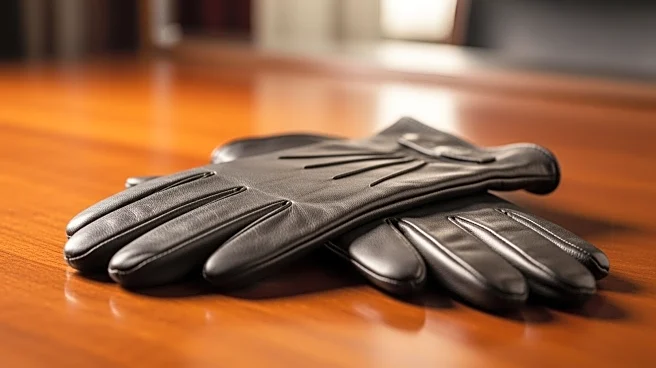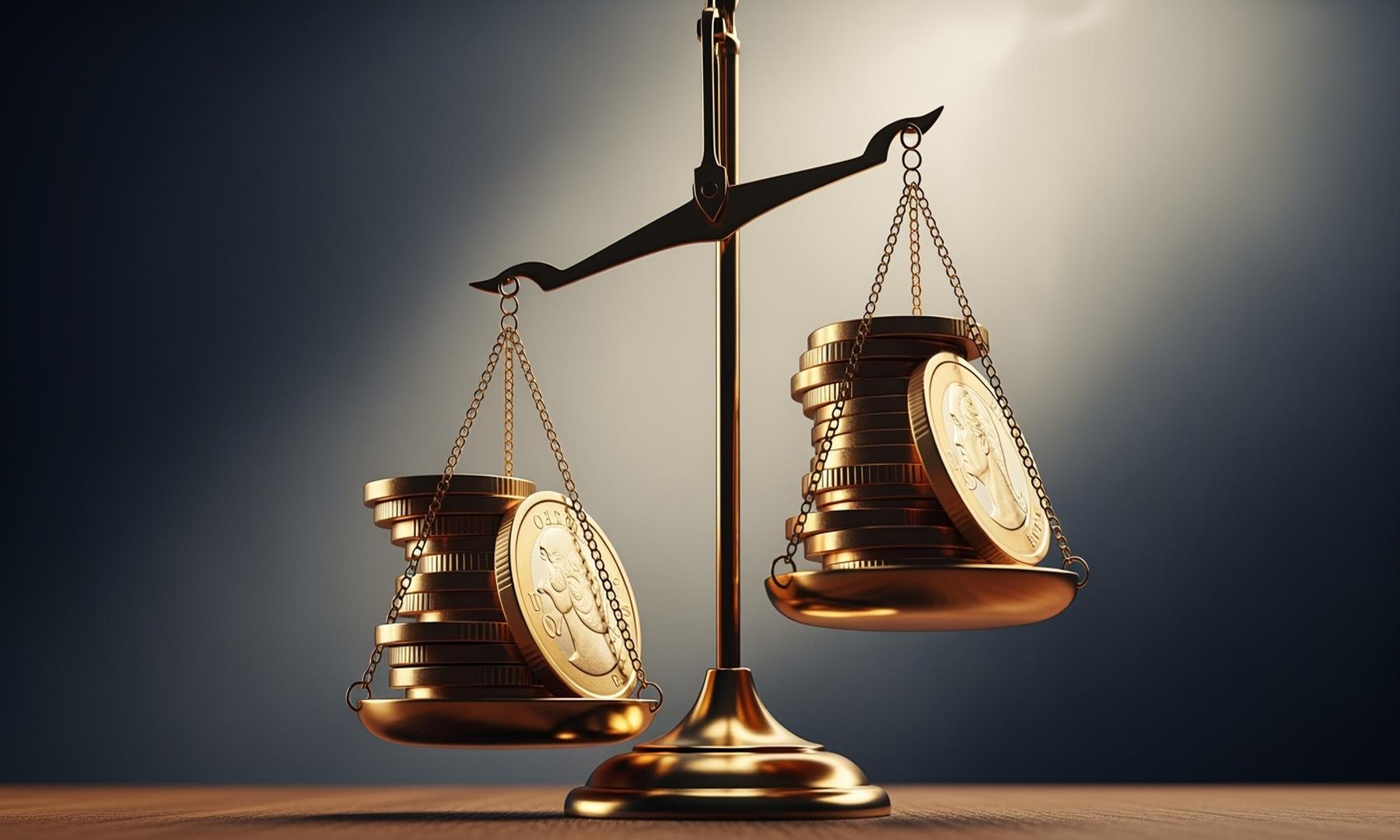What's Happening?
President Trump has been experiencing frequent bruising on his right hand, which the White House attributes to his regular handshaking and aspirin use. During a recent ceremony at the White House, Trump commented
on the strength of athletes' handshakes, noting they were 'ripping' his hand up. This remark comes amid ongoing speculation about the bruising, which has been visible throughout his second term. White House Press Secretary Karoline Leavitt explained that the bruising results from frequent handshaking and aspirin, part of Trump's cardiovascular prevention regime. Despite attempts to conceal the bruises with makeup, they have been noticeable during public appearances, although no bruising was visible during the recent ceremony.
Why It's Important?
The concerns surrounding President Trump's hand bruising have sparked discussions about his health and the physical demands of his role. The frequent handshaking, a common practice for public figures, highlights the physical toll of maintaining a high-profile presence. The use of aspirin, a common medication for cardiovascular health, further underscores the importance of health management for individuals in demanding positions. The public's interest in Trump's health reflects broader concerns about the well-being of leaders and the impact of their health on their ability to perform their duties effectively.
What's Next?
While the White House has provided explanations for the bruising, ongoing public scrutiny may lead to further inquiries into President Trump's overall health. The administration may need to address these concerns more comprehensively to reassure the public. Additionally, the visibility of the bruising could prompt discussions about the physical demands placed on public figures and the importance of health management in high-stress roles.
Beyond the Headlines
The focus on President Trump's hand bruising raises questions about the transparency of health information for public figures. It highlights the balance between privacy and public interest in the health of leaders. The situation also reflects the broader cultural emphasis on physical appearance and the measures taken to maintain a public image, such as the use of makeup to conceal bruises.












